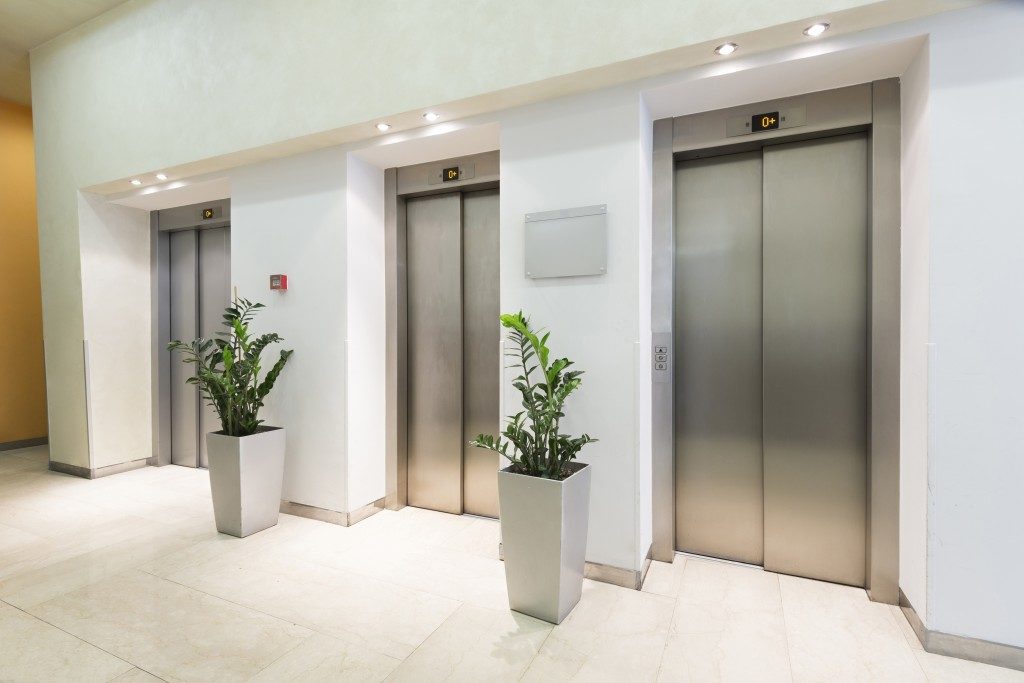Elevators are often seen in commercial establishments such as malls or hotels, or hospitals and other larger structures. All of which serve the same purpose, which is to provide a system that allows for vertical transportation of people as well as goods. However, advances in modern technology and engineering have allowed for smaller and more compact elevators that can fit into one’s homes.
Residential Elevators
These residential elevators would be able to provide elderly family members or those with limited mobility to traverse between the floors of their homes independently, eliminating the need for assistance when going up or downstairs. Residential elevators come in different types, so let’s take a look at every one of them to find out which is the best one for your home:
Cable Winding Drum
Cable winding drum elevators are one of the classic or traditional types of lifts. As the name suggests, the cable winding drum elevators use sturdy and thick steel cables to hoist and lower the elevator and is controlled by a winding drum that reels in or releases the steel cables. These are relatively louder and require an adjoining machine closet to house the winding drum mechanism.
Hydraulic Elevators
Hydraulic elevators use an adjacent machine room to pump and control hydraulic pistons that lift and lower the elevator platform. These are quieter and more energy efficient than cable winding drum systems.
Roped Hydraulic Drive Mechanism

The roped hydraulic elevator is a combination of the traditional roped elevators and hydraulic system elevators that you often see in older malls and establishments. As the name suggests, it uses a system of hydraulic pumps, steel cables, and pistons to allow for a smoother and almost seamless ride. These systems don’t require an adjoining machine closet, unlike roped elevators, so they’re much easier to install. There is still a need for space for the hydraulic machinery, but they don’t have to be adjoined or attached to the elevator, sot the hydraulic system can be placed elsewhere that’s convenient, similar to how one would hide their plumbing system.
Pneumatic Vacuum Tube
Pneumatic vacuum elevators or PVEs are one of the latest elevator designs and systems used both at homes and larger establishments. Unlike the other elevator systems, PVEs no longer need any cables, pistons, counterweights, or chains. Instead, it uses atmospheric pressure to function. When ascending, one only needs to control the pressure to “push” the elevator up, and use a control valve to release the pressure to lower the platform. This makes the PVE the quieter and energy efficient options among all the other elevators.
Conclusion
Residential elevators can be quite convenient for homes with elderly family members or loved ones with limited mobility due to injury, illnesses, or disabilities. These different types of residential elevators allow you to have multiple options to suit your home’s design and layout. But regardless of which type of elevator you opt to have installed, always make sure that your Portland home’s residential elevatorundergoes commissioning to ensure that it works safely and properly, and should follow Oregon building and elevator codes and regulations.

